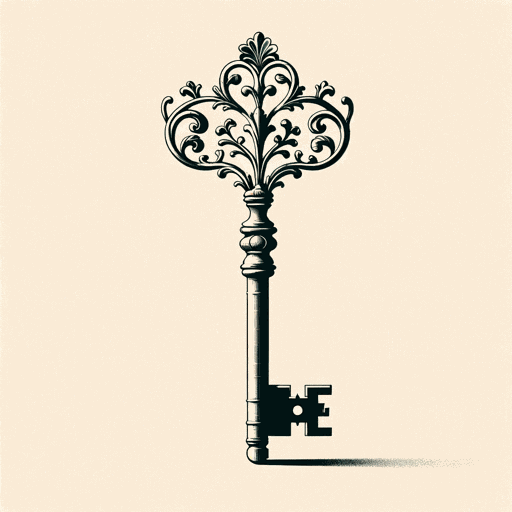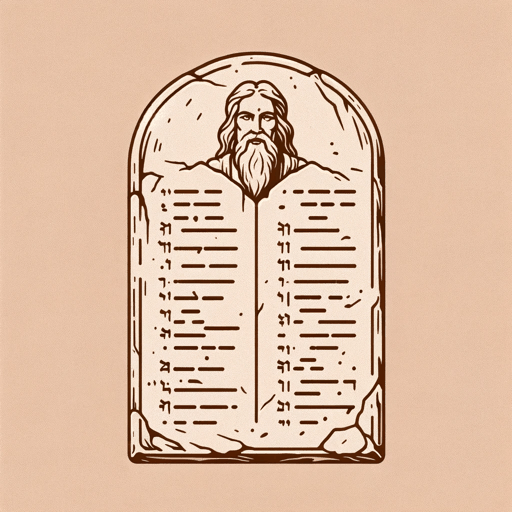43 pages • 1 hour read
AnonymousEveryman
Fiction | Play | Adult | Published in 1485A modern alternative to SparkNotes and CliffsNotes, SuperSummary offers high-quality Study Guides with detailed chapter summaries and analysis of major themes, characters, and more. For select classroom titles, we also provide Teaching Guides with discussion and quiz questions to prompt student engagement.
Literary Devices
Allegory and Personification
An allegory is a narrative that conveys an abstract or moral lesson via its plot, setting, or characters. Everyman, like most morality plays, operates as an allegory. Specifically, the play is an allegory for Christian notions about death, reckoning, and salvation as achieved through repentance. As an allegory, Everyman employs personification, a literary device in which an idea or abstraction is given human qualities or even turned into a character. Most of the characters in the play are personifications of various abstract qualities—Death, Fellowship, Kindred, and so on. These are thus not characters in the typical sense; they don’t have true personalities, emotions, or character arcs. Rather, they represent 15th-century English worldviews and advance the allegorical moral of the play.
Juxtaposition
Juxtaposition is a literary device involving the side-by-side comparison of concepts or entities generally seen as opposites. Everyman develops many of its central themes through juxtaposition—the primary example being the juxtaposition of the earthly and the eternal. This is itself explored through various other juxtapositions scattered throughout the play—material body versus eternal soul, good versus evil,
Related Titles
By Anonymous

Arabian Nights
Anonymous

Arden of Faversham
Anonymous

A Woman in Berlin
Anonymous

Bible: New Testament: English Standard Version
Anonymous

Bible: Old Testament: English Standard Version
Anonymous

Deuteronomy
Anonymous

Diary of an Oxygen Thief
Anonymous

Do Not Stand at My Grave and Weep
Anonymous

Hebrew Bible
Anonymous

Holy Bible
Anonymous

Homeric Hymns
Anonymous

Judith
Anonymous

Laxdaela Saga
Anonymous

Lazarillo De Tormes
Anonymous

Mahabharata
Anonymous

Nibelungenlied
Anonymous

Njals Saga
Anonymous

One Thousand and One Nights
Anonymous

Popol Vuh
Anonymous

Sir Gawain and the Green Knight
Anonymous

